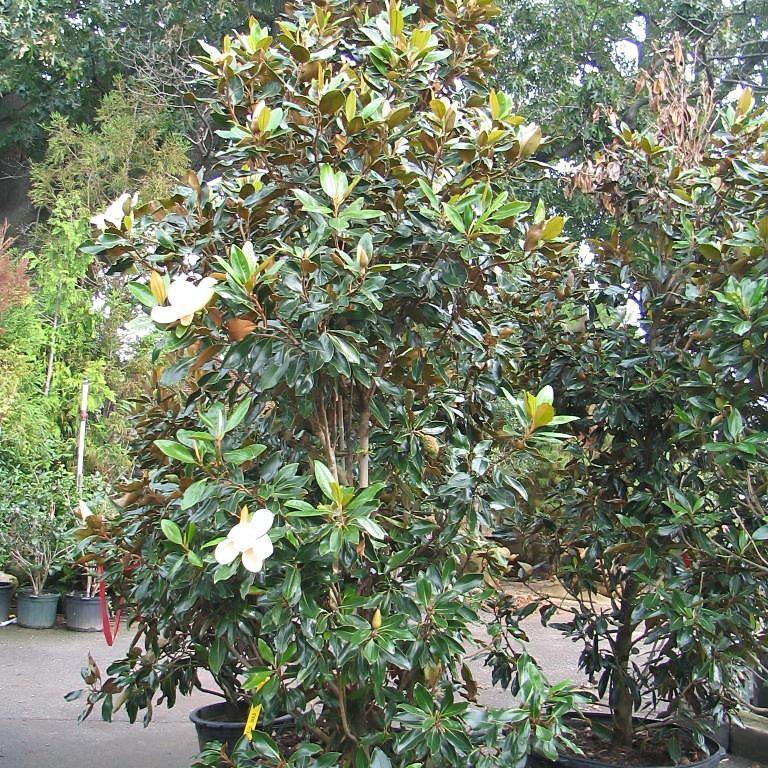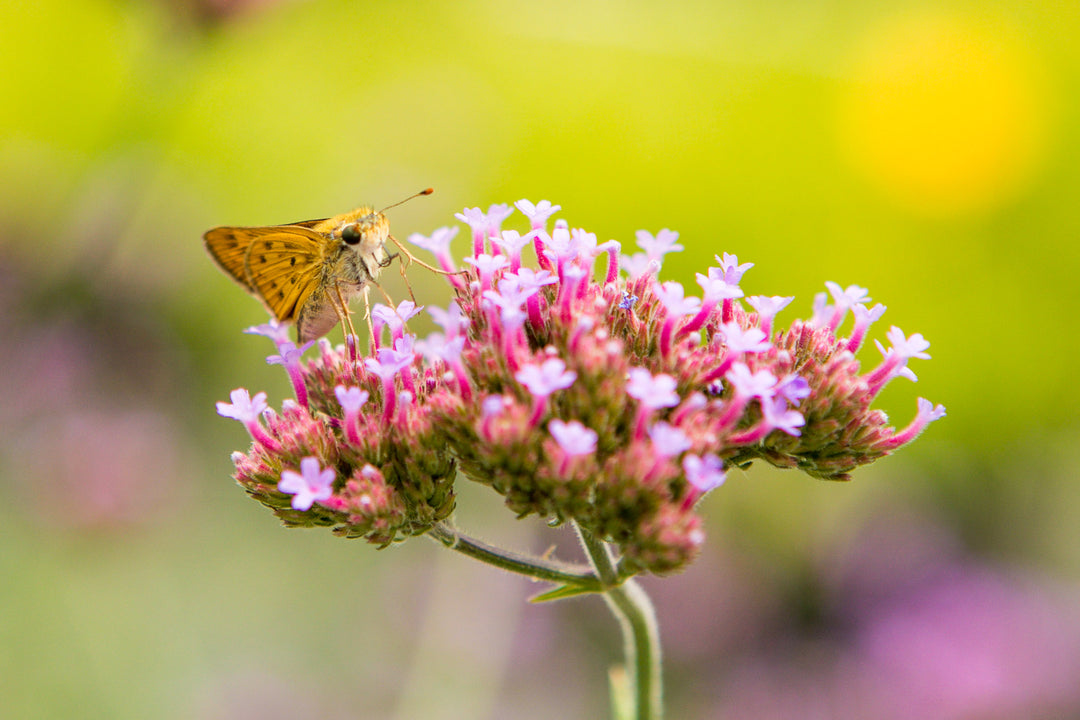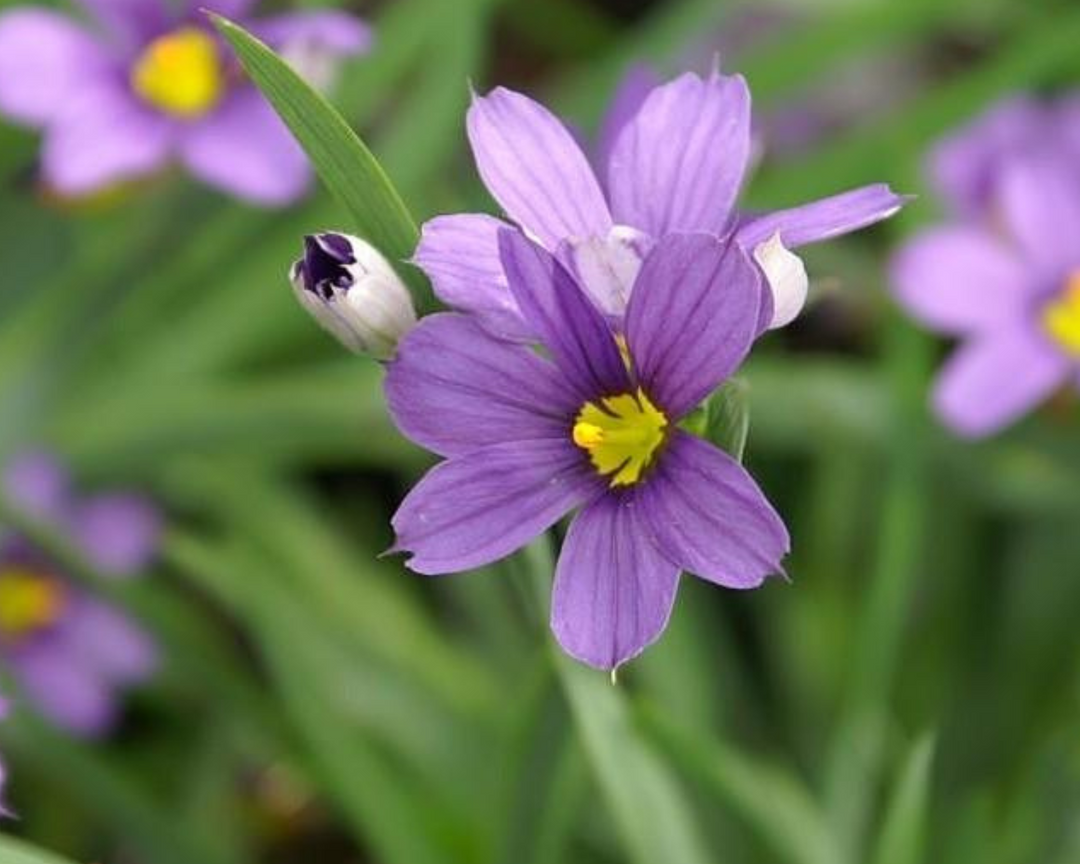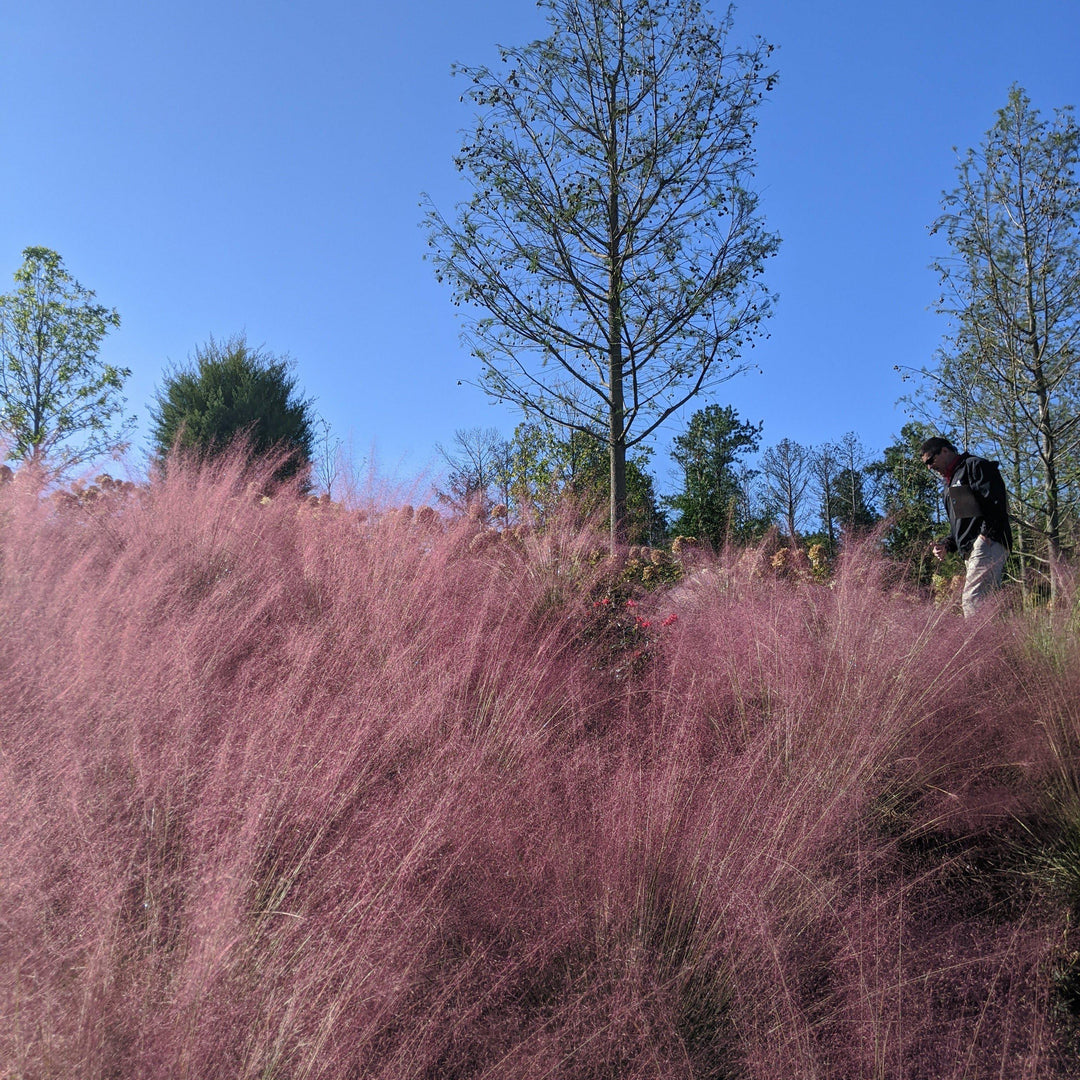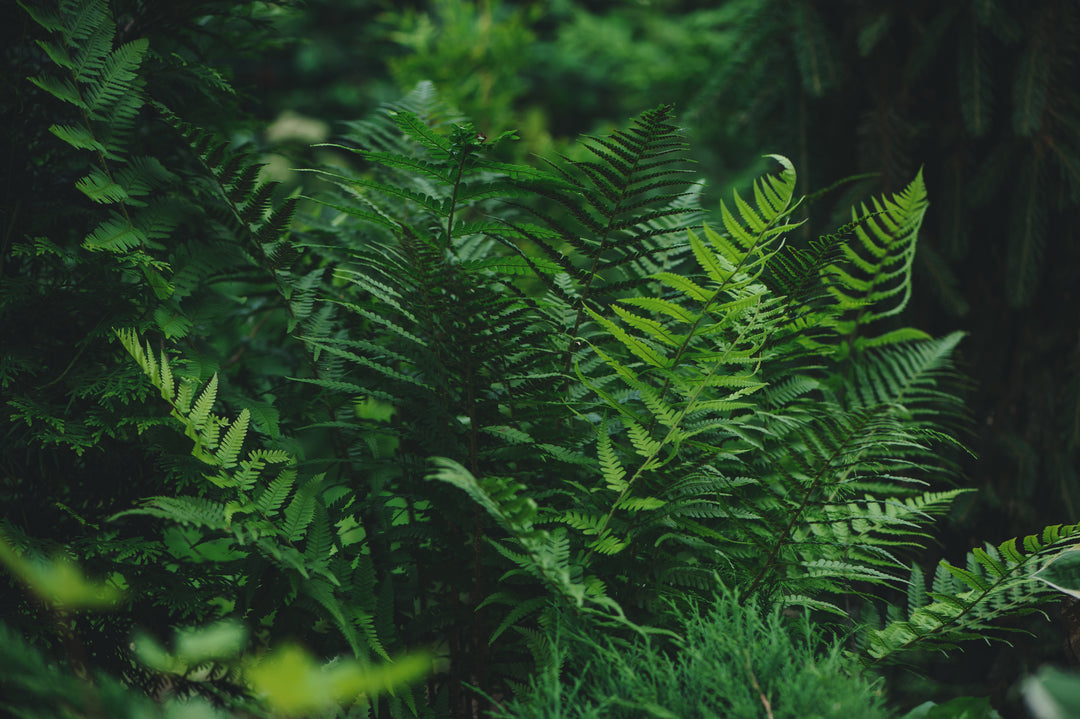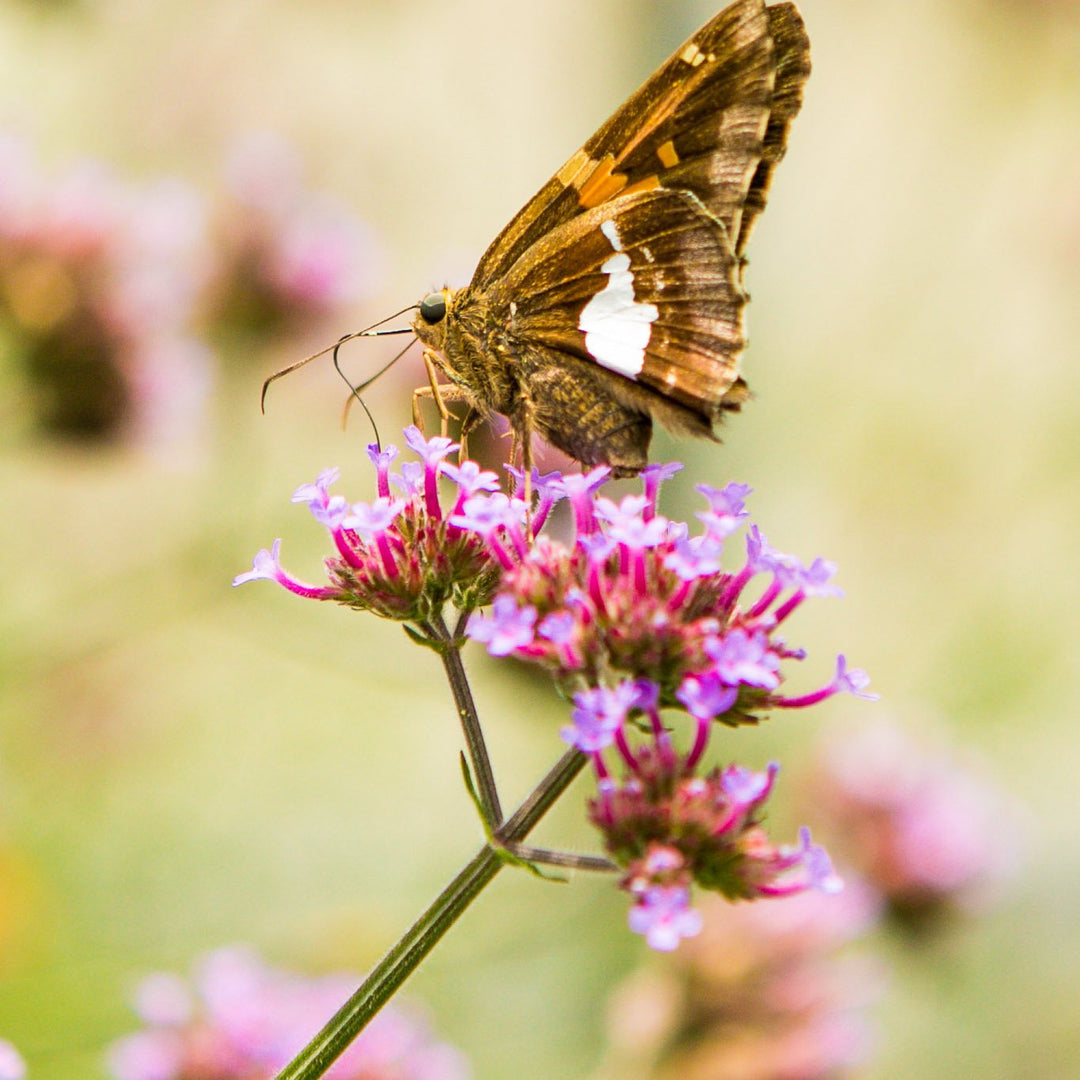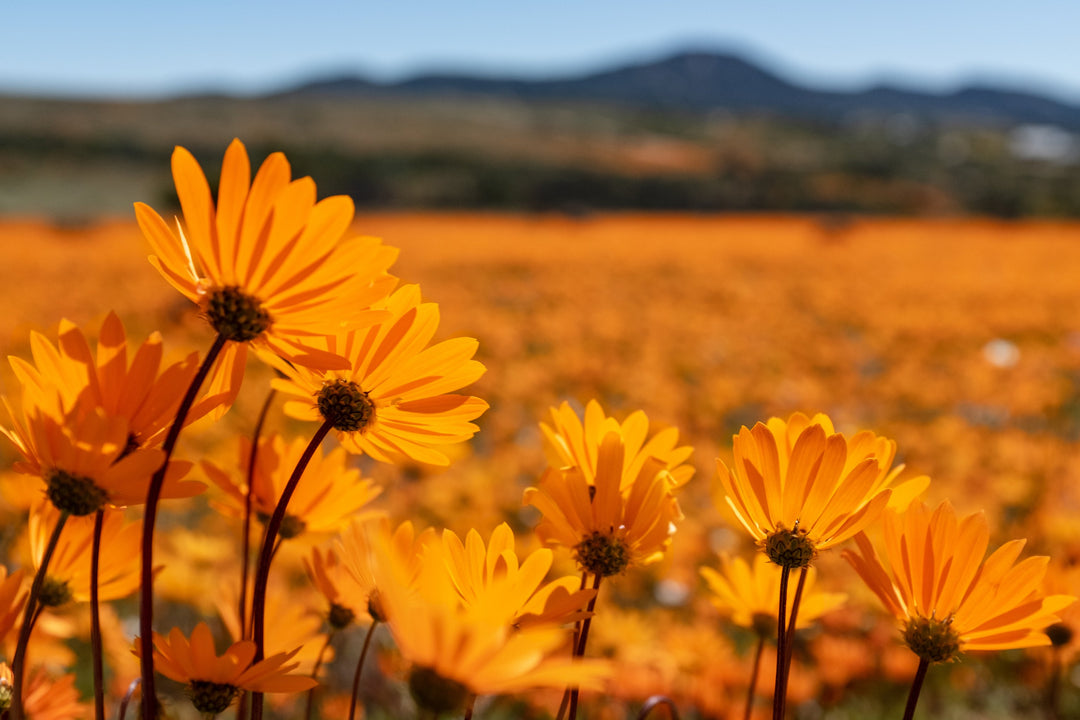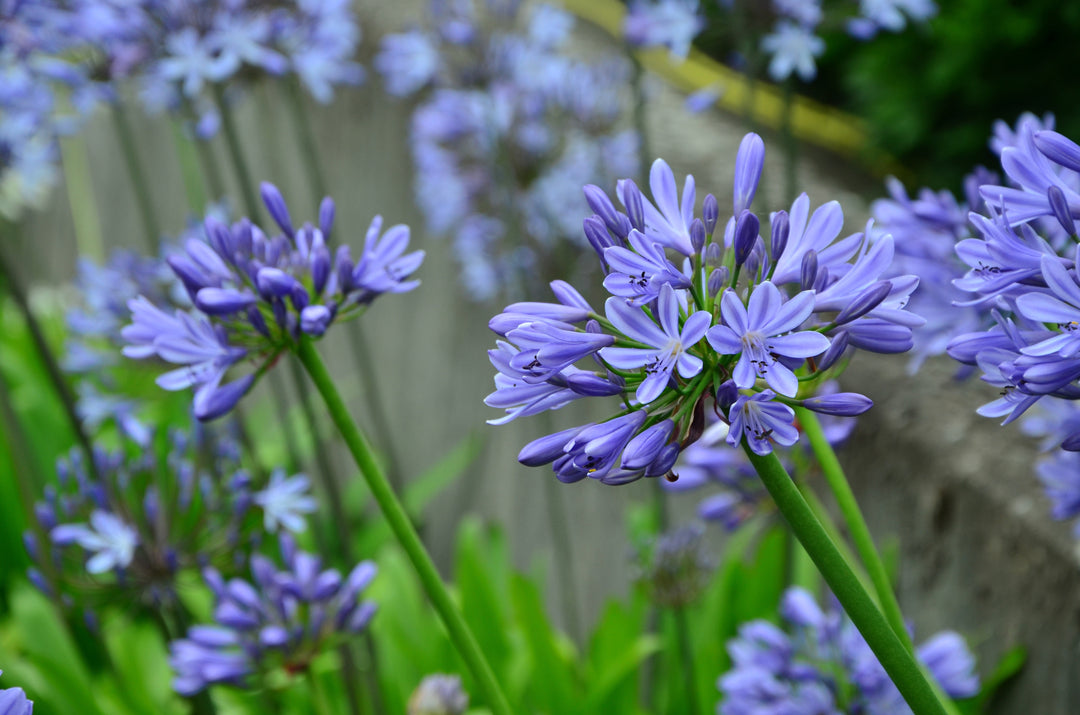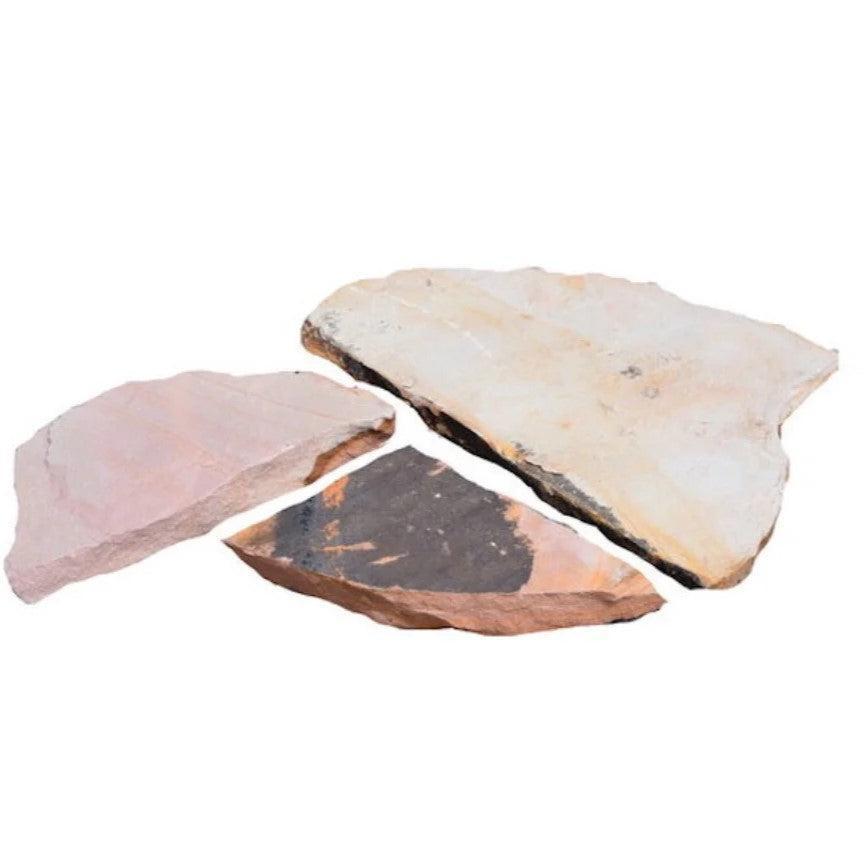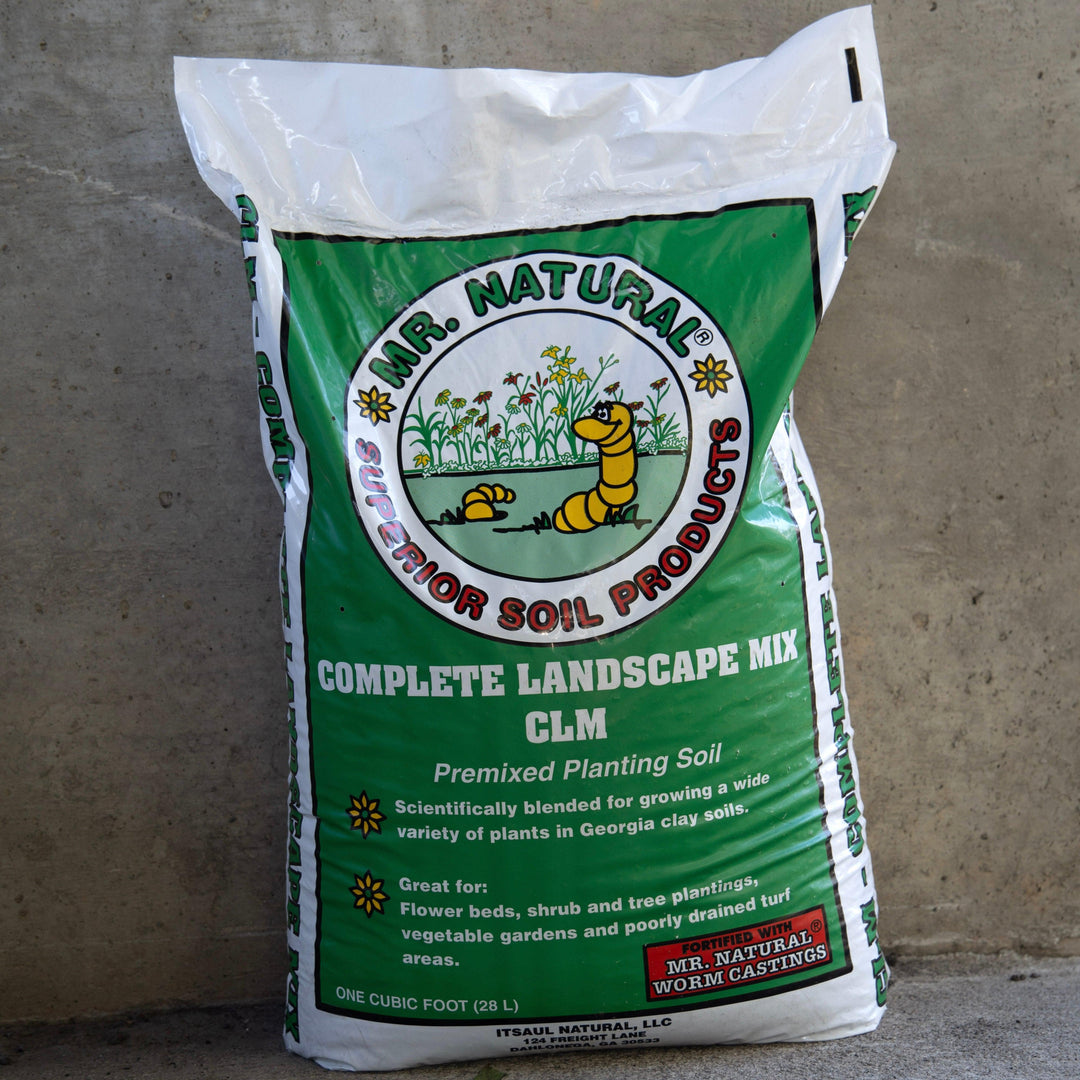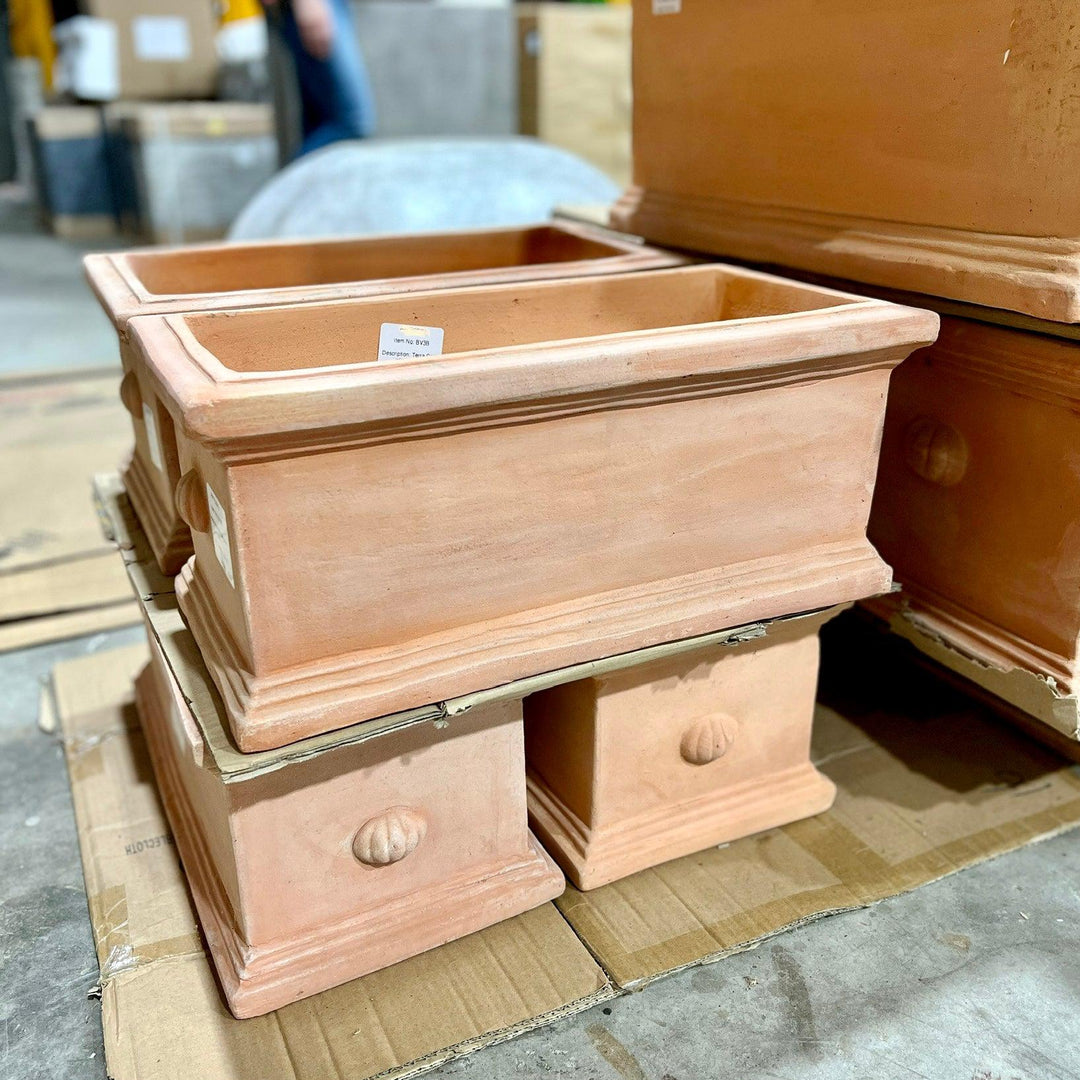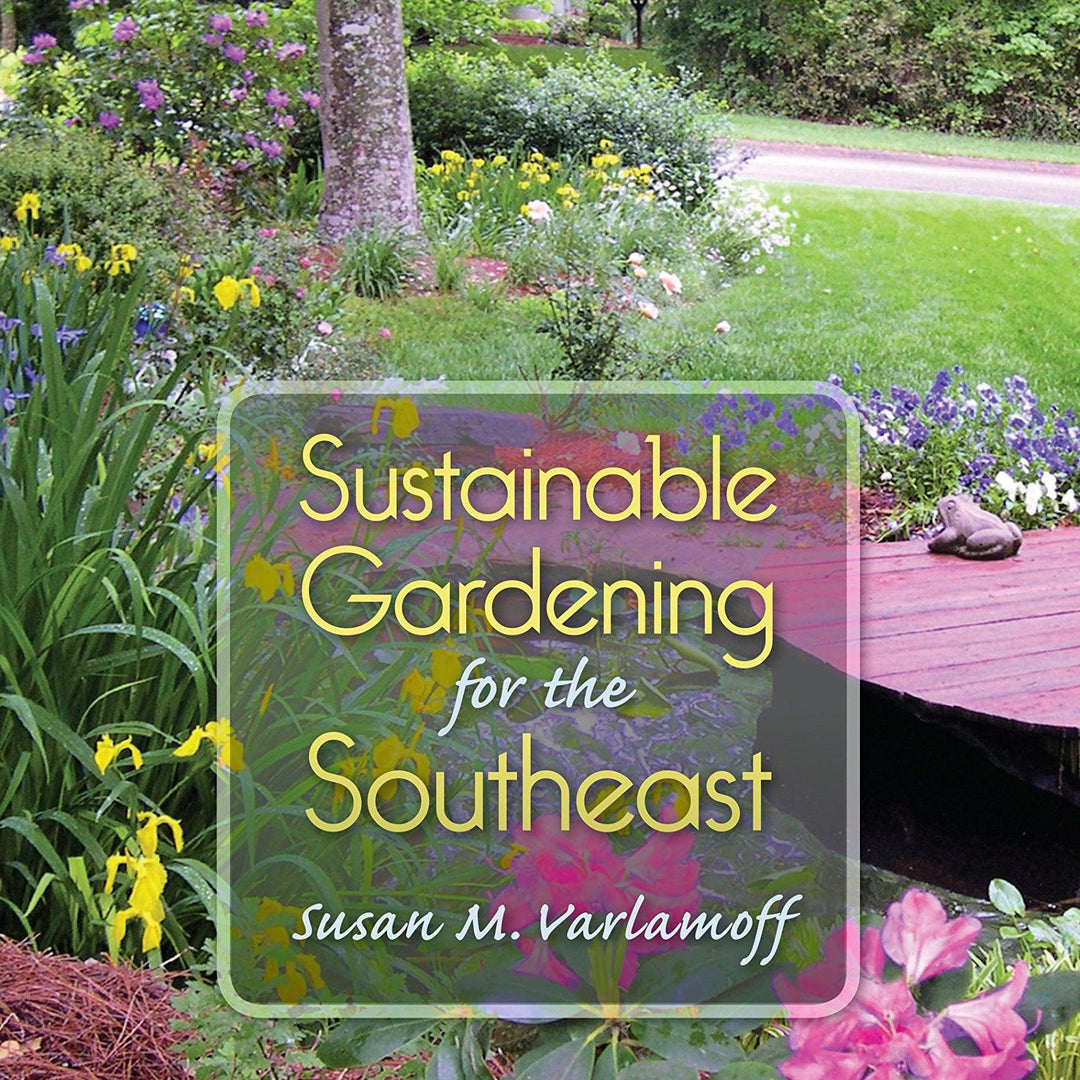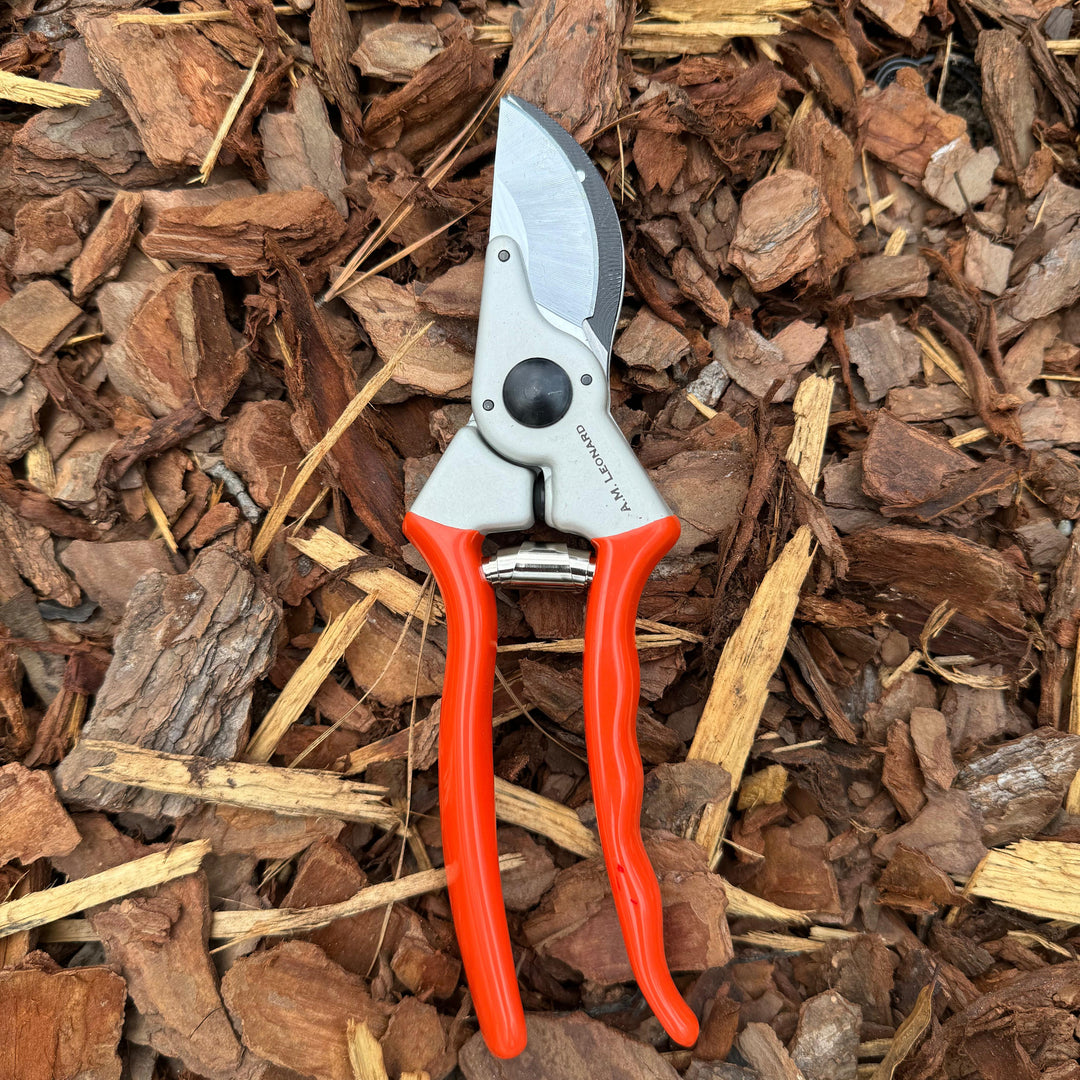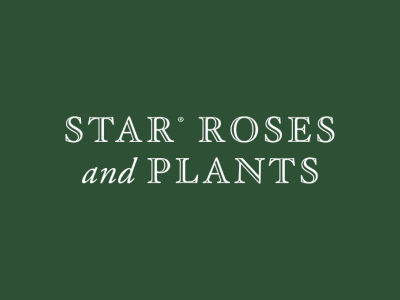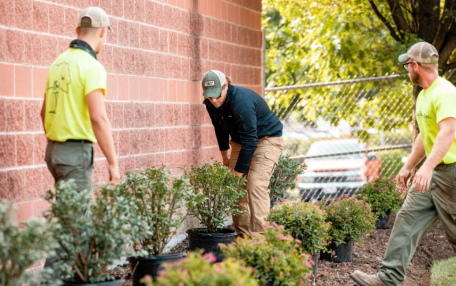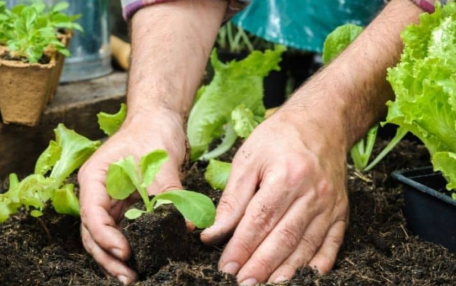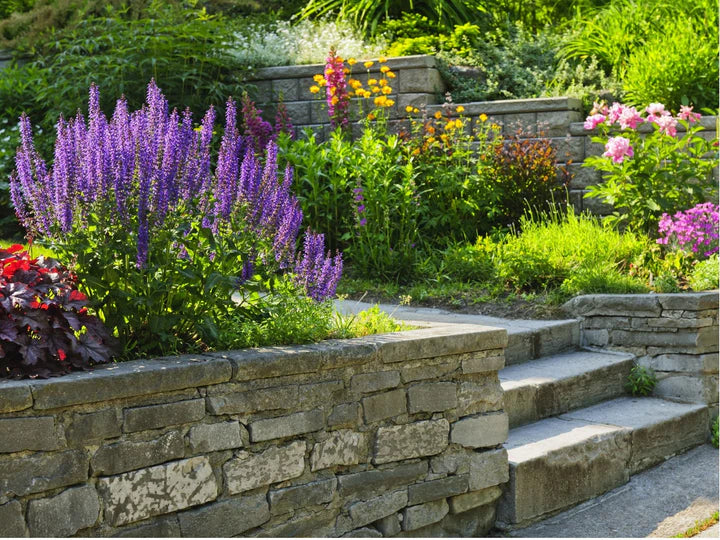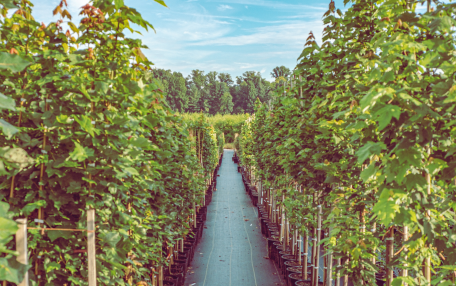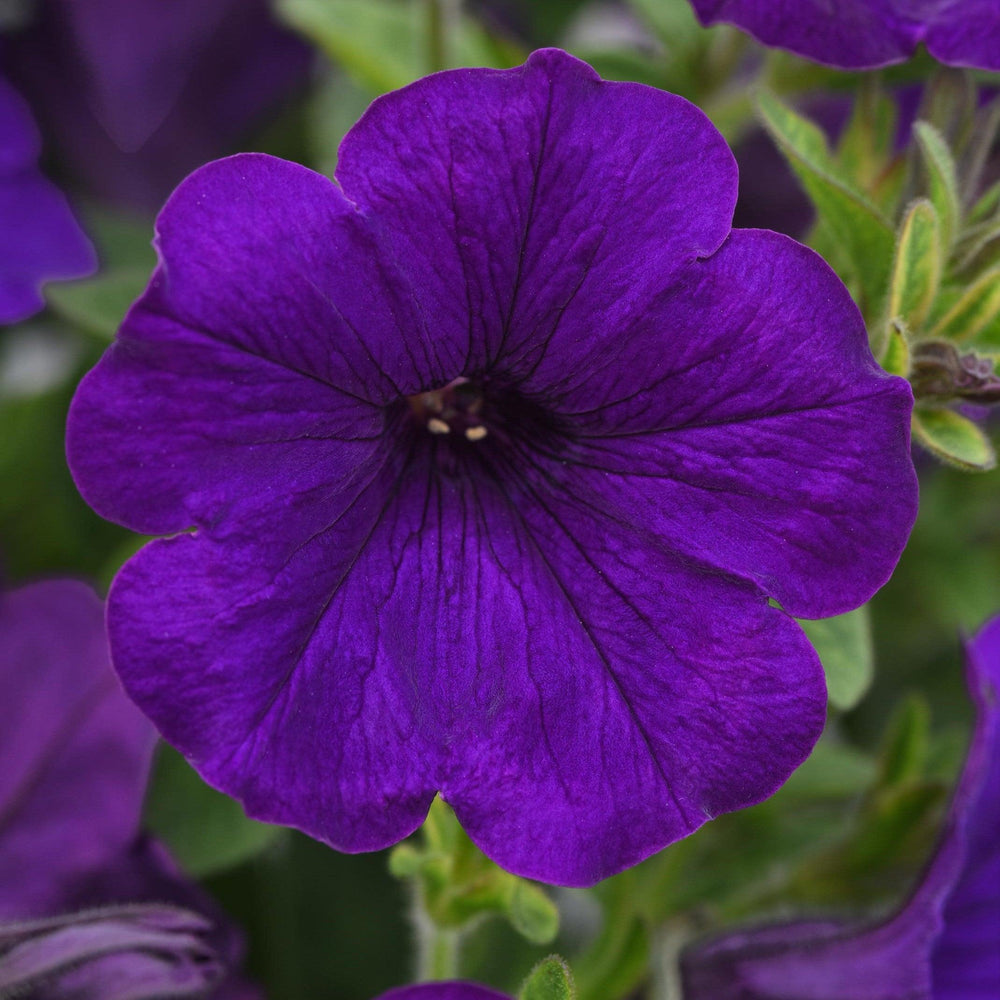Hostas Unveiled: A Comprehensive Guide to the Queen of the Shade
Hostas, often referred to as the "Queen of the Shade," are beloved perennial plants cherished for their lush foliage and ability to thrive in shady garden spots. These versatile plants are renowned for their diverse range of leaf shapes, sizes, and colors, making them a go-to choice for gardeners looking to add elegance and texture to their landscapes. Hostas are easy to grow, low-maintenance, and come in various species and cultivars, offering endless possibilities for creating stunning garden designs. This guide will look at the various species, popular cultivars, and offer a basic guide of care.

Comparing Common Hosta Species and Groups:
Hosta Plantaginea Group (Fragrant Hostas): Known for their sweet-scented flowers, these hostas bloom in late summer and are perfect for evening garden enjoyment. Consider 'Guacamole' for its variegated foliage and delightful fragrance.
Hosta Fortunei Group (Fortunei Hostas): These hostas feature heart-shaped leaves and are known for their reliability and adaptability. 'Patriot' is a popular choice, displaying green leaves with crisp white margins.
Hosta sieboldiana Group (Sieboldiana Hostas): Large and bold, these hostas are prized for their impressive size and striking blue-green leaves. 'Elegans' is a classic example, known for its robust foliage.
Hosta Ventricosa Group (Blue Hostas): Blue hostas are adored for their cool-toned, blue-green leaves. 'Halcyon' is a standout with its intense blue hue and compact habit.
Hosta Sagae Group (Variegated Hostas): Variegated hostas boast leaves with contrasting colors, often featuring cream or white margins. 'June' is a favorite, exhibiting blue-green leaves with golden edges.
Hosta Lancifolia Group (Narrow-leaved Hostas): These hostas have slender, lance-shaped leaves, offering a unique textural element. 'Royal Standard' is a choice pick among this group.
Hosta Guacamole Group (Large Green Hostas): Known for their large green leaves, these hostas provide a bold presence in the garden. 'Sum and Substance' is renowned for its impressive size and vibrant green foliage.
Miniature Hostas: For small spaces or container gardens, miniature hostas like 'Blue Mouse Ears' or 'Tiny Tears' offer charming, compact options.
Hosta Tardiana Group (Late-Blooming Hostas): These hostas flower later in the season, extending the garden's color. 'Halcyon' is a notable late-blooming cultivar.
Hosta Tokudama Group (Cupped Hostas): Cupped hostas have leaves that curl up at the edges, creating a distinctive appearance. 'Blue Cadet' is a popular choice in this category.

Popular Hosta Cultivars:
- 'Blue Angel: a standout choice for shade gardens. Its robust size and elegant appearance make it a fantastic focal point in any landscape, especially when its lavender blooms appear in midsummer.
- 'Sum and Substance': This giant hosta lives up to its name with enormous, chartreuse leaves that can span up to two feet in width. 'Sum and Substance' creates a bold statement in the garden, and its pale lavender flowers add an extra touch of charm.
- 'June': A popular medium-sized hosta, 'June' showcases striking blue-green leaves with golden-yellow margins that gradually transition to creamy white. Its unique coloration and elegant appearance make it a favorite choice for borders and container plantings. Lavender flowers emerge in early summer.
- 'Guacamole': 'Guacamole' hosta offers vibrant chartreuse to lime-green leaves with dark green margins. This combination creates a refreshing and tropical look in shade gardens. Its fragrant white flowers bloom in midsummer, attracting butterflies and hummingbirds.
- 'Stained Glass': 'Stained Glass' hosta is known for its vibrant, golden-yellow leaves with dark green margins. As the leaves mature, they develop a translucent quality, resembling stained glass. This medium-sized hosta brightens up shady spots and produces fragrant white blooms in early summer.
- 'First Frost': As its name suggests, 'First Frost' hosta features blue-green leaves with striking creamy white margins. Its unique coloration and compact size make it a versatile choice for various garden settings. Lavender flowers appear in midsummer, adding to its appeal.
- 'Empress Wu': For those seeking a hosta that truly makes a statement, 'Empress Wu' is an excellent choice. It's one of the largest hostas available, with deep green leaves that can reach up to 18 inches in width. Its impressive size and lush foliage create a dramatic effect in any garden.

General Hosta Care Guide:
- Light: Most hostas thrive in partial to full shade, although some can tolerate more sun. Choose varieties that suit your garden's lighting conditions.
- Soil: Hostas prefer rich, well-draining soil with organic matter. Amending the soil with compost can enhance their growth.
- Watering: Keep the soil consistently moist, especially during dry spells. Avoid overwatering or allowing the soil to become waterlogged.
- Mulching: Apply a layer of mulch around hostas to conserve moisture, regulate soil temperature, and deter weeds.
- Fertilizing: Feed hostas with a balanced, slow-release fertilizer in spring to encourage healthy growth.
- Division: Hostas benefit from division every few years to maintain vigor and prevent overcrowding. Divide them in early spring.
- Pest and Disease Control: Watch for common pests like slugs and snails, and treat them accordingly. Hostas are generally resistant to diseases.
Hostas offer an abundance of choices to suit various garden styles, from shade-loving species to colorful variegated cultivars. With their resilience and versatility, hostas can bring elegance and charm to your garden, even in the shadiest corners.

